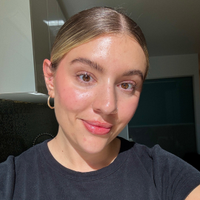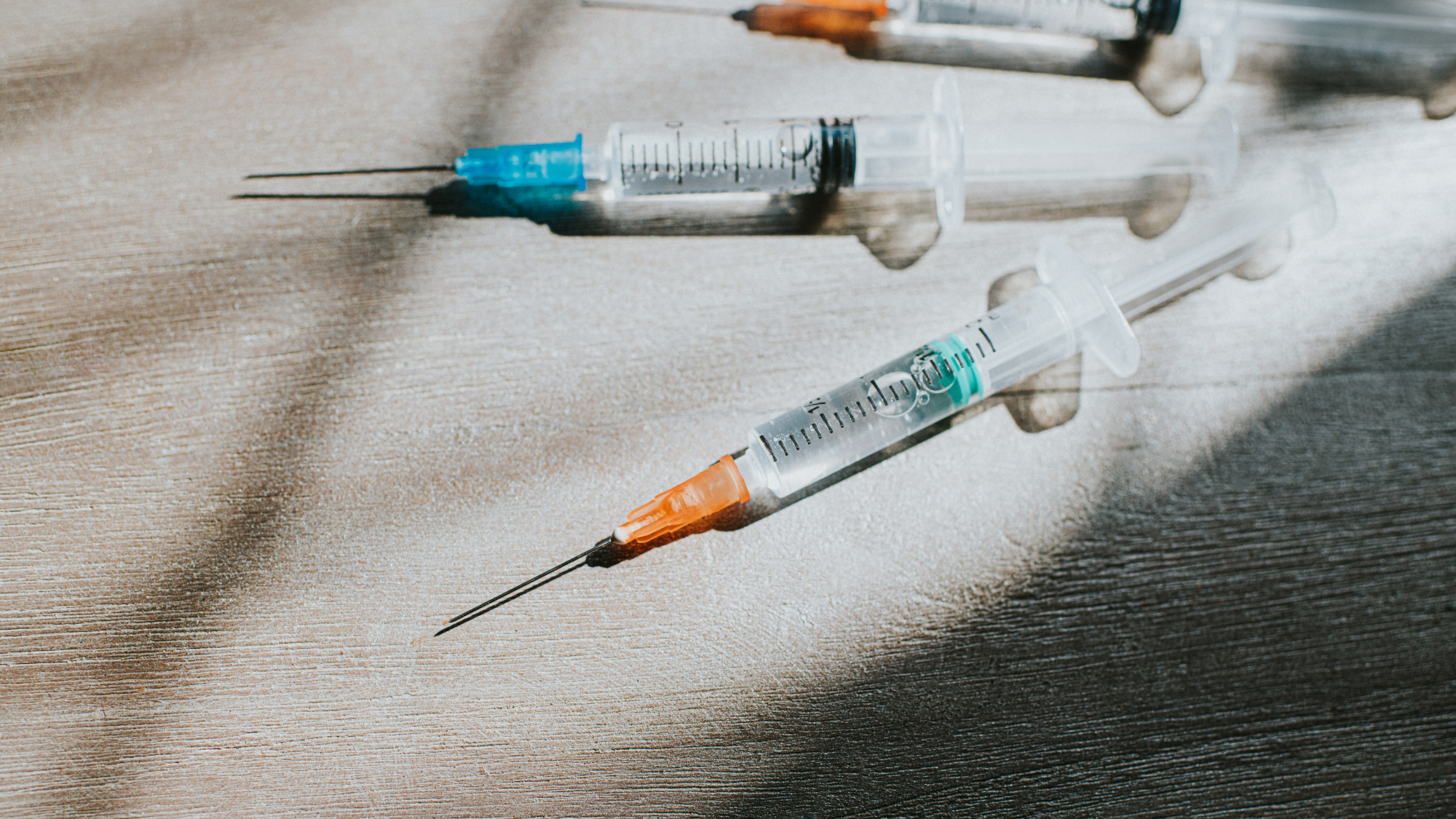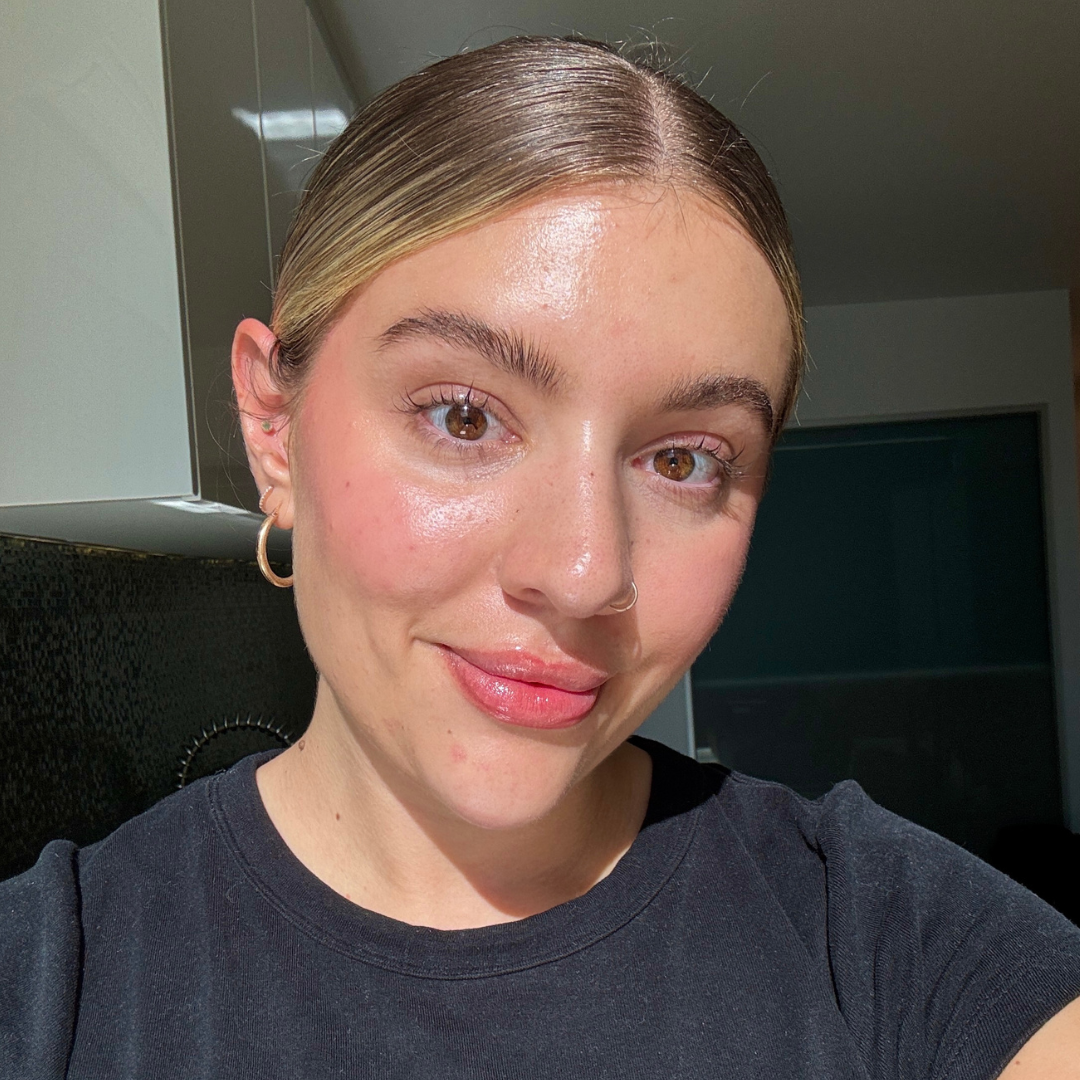What Are ‘Biostimulating Fillers' And How Do They Differ From Traditional Dermal Fillers?
How next-gen injectables are gaining popularity


The way we approach cosmetic procedures has undergone significant evolution over the past few years. Whereas the go-to look was often a more pronounced enhancement, we're now shifting towards more natural, subtle results that are barely detectable. Think of it as the 'you, but better' effect.
"We’re moving away from the idea of 'anti-ageing' or instant, dramatic results, towards sustaining healthy, resilient skin over time. Patients are increasingly asking how best to invest in their skin, rather than just correct it, prioritising skin quality, function, and natural expression," says Cosmetic Doctor and Dermatology expert, Dr Sonia Khorana. "It shows that aesthetics is being viewed less as transformation and more as maintenance and prevention, integrated into overall health and well-being."
One of the biggest reflections of this new attitude is the type of filler we are opting for. The dominant filler used over the past decade has been hyaluronic acid fillers; however, biostimulating fillers are now becoming increasingly popular. Here's all you need to know.
What does the term 'biostimulating fillers' actually mean?
When we hear the word 'filler,' it's likely we associate it with hyaluronic acid fillers used to plump up lips and add volume and structure to various areas on the face. 'Biostimulating fillers', on the other hand, refer to procedures that utilise injectables in a novel manner.
"Biostimulating fillers are injectable treatments that work with your body to gradually boost collagen and elastin production rather than simply adding instant volume. They help improve the structure, firmness and quality of the skin from within over time," explains Dr Jessica Halliley, expert UK aesthetic doctor.
Examples, she says, "include Sculptra, which contains poly-L-lactic acid, Radiesse, made from calcium hydroxyapatite, and HarmonyCa, which blends hyaluronic acid with calcium hydroxyapatite for both immediate lift and long-term stimulation."
Then there's polynucleotides (often dubbed the 'salmon sperm' facial), which can aid in cell repair, hydration and overall rejuvenation. "These treatments don’t ‘fill’ in the traditional sense—they encourage your skin to rebuild and regenerate naturally,” Dr Halliley adds.
Celebrity news, beauty, fashion advice, and fascinating features, delivered straight to your inbox!
A post shared by Dr Christine Hall • 크리스틴 • K-Beauty • Aesthetics Doctor (@drchristinehall)
A photo posted by on
How does this type of treatment differ from hyaluronic acid filler?
As mentioned, this new era of 'fillers' differs significantly from traditional hyaluronic acid (HA) fillers, which are used to add volume to lips, cheeks and other features. And the way they work varies.
"Hyaluronic acid (HA) fillers act as instant volumisers, restoring contour or fullness with immediately visible results. In contrast, biostimulators aren’t true fillers; they don’t add volume directly," begins Khorana. "Instead, they work by stimulating collagen and extracellular matrix production, gradually improving skin firmness, thickness and structure over several months."
There are other key differences that set them apart, too. For one, comments Dr Halliley, the results with HA filler "are immediate and can be adjusted or dissolved if needed." On the other hand, those considered to be 'biostimulating' work much more gradually (results come over time), and are not reversible. For this reason, a precise technique is very important.
Who would most benefit from trying these treatments over 'traditional' filler?
The rise in this category of filler reflects a larger shift towards more subtle results that centre around longevity and skin health overall. For this reason, they will likely appeal to those who prioritise these benefits over volume or more obvious enhancement. "They’re a great choice for patients who’ve previously had HA filler and now prefer a softer, more regenerative approach," says Dr Halliley.
“Biostimulators are ideal for anyone looking to improve skin quality, firmness and luminosity rather than simply adding volume. I often recommend them for patients noticing early laxity or dullness, or those who want a fresher, more youthful look without obvious changes to facial shape," she notes.
Marie Claire UK advises readers to consult qualified, accredited professionals before undergoing any aesthetic or cosmetic treatments.

Rebecca is a freelance beauty journalist and contributor to Marie Claire. She has written for titles including Refinery29, The Independent, Grazia, Coveteur, Dazed, Stylist, and Glamour. She is also a brand consultant and has worked with the likes of The Inkey List on campaign messaging and branded copy. She’s obsessed with skincare, nail art and fragrance, and outside of beauty, Rebecca likes to travel, watch true crime docs, pet sausage dogs and drink coffee. Rebecca is also passionate about American politics and mental health awareness.